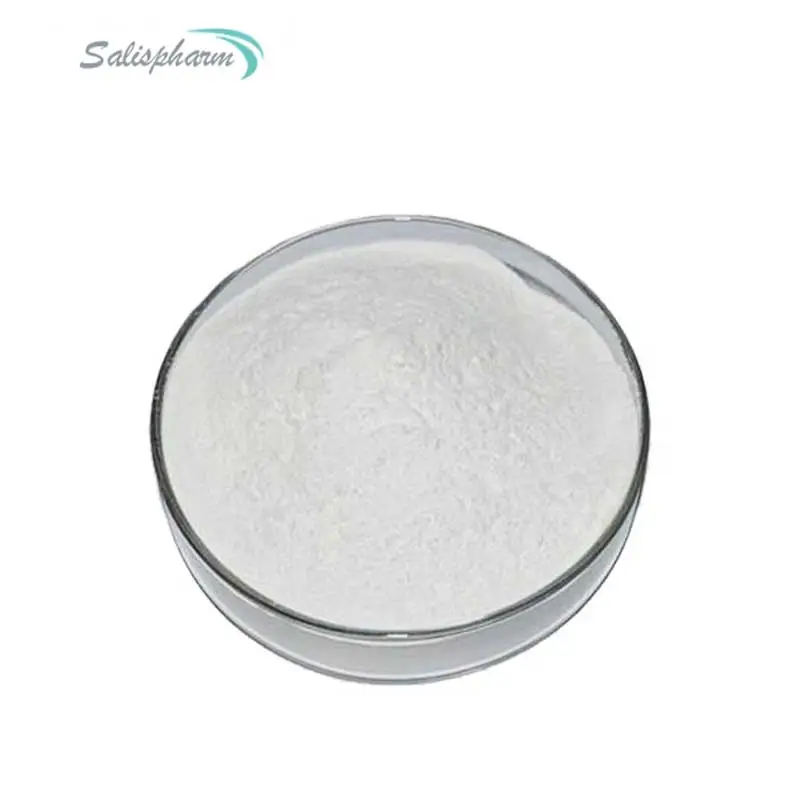Amoxicillin is a widely prescribed antibiotic that belongs to the penicillin family. It is commonly used to treat various bacterial infections, including respiratory tract infections, ear infections, and skin infections. While amoxicillin is typically available in capsule or liquid form, some individuals may need to take the powder form, particularly in cases where they have difficulty swallowing pills or require a different dosage. In this blog post, we will explore the proper way to take amoxicillin powder and address some frequently asked questions related to this medication.
What is Amoxicillin Powder Used for?
Amoxicillin powder is a versatile form of the antibiotic that can be used for various purposes. It is primarily prescribed for treating bacterial infections caused by susceptible strains of microorganisms. Some common conditions where amoxicillin powder may be prescribed include:
1. Respiratory tract infections: Amoxicillin powder can effectively treat bacterial infections affecting the respiratory system, such as bronchitis, pneumonia, and sinus infections.
2. Ear infections: Amoxicillin powder is often recommended for treating acute otitis media (middle ear infection) in children and adults.
3. Skin and soft tissue infections: This antibiotic can be used to treat various skin and soft tissue infections, including impetigo, cellulitis, and abscesses.
4. Urinary tract infections: In some cases, amoxicillin powder may be prescribed for treating uncomplicated urinary tract infections caused by susceptible bacteria.
5. Dental infections: Amoxicillin powder can be beneficial in treating certain dental infections, such as tooth abscesses or periodontal infections.
It's important to note that amoxicillin powder is not effective against viral infections, and it should only be taken as prescribed by a healthcare professional.
In addition to its various applications, amoxicillin powder offers several advantages over other dosage forms. Firstly, it allows for greater flexibility in adjusting the dosage, particularly for pediatric patients or those with specific dosing requirements. The powder form also enables easier administration for individuals who have difficulty swallowing pills or capsules. Furthermore, amoxicillin powder can be mixed with different liquids, making it more palatable for those who dislike the taste of liquid medications.
However, it's important to note that amoxicillin powder should be stored properly to maintain its potency and effectiveness. The powder should be kept in a tightly sealed container, away from moisture, heat, and direct sunlight. Additionally, once the powder is reconstituted with a liquid, it should be consumed immediately or within a specified time frame, as directed by the healthcare provider or pharmacist.
How to Take Amoxicillin Powder?
Taking amoxicillin powder requires a few extra steps compared to swallowing capsules or tablets. Here's a step-by-step guide on how to properly take amoxicillin powder:
1. Prepare the necessary materials: You'll need a clean glass or cup, a spoon or measuring device, and a liquid (such as water, juice, or milk) to mix the powder with.
2. Measure the correct dose: Carefully measure the prescribed amount of amoxicillin powder using a calibrated measuring device. Follow the dosage instructions provided by your healthcare professional or pharmacist.
3. Mix the powder with a liquid: Add a small amount of liquid (e.g., water, juice, or milk) to the glass or cup, and then slowly sprinkle the measured amoxicillin powder into the liquid. Stir the mixture well until the powder is completely dissolved.
4. Drink the mixture: Once the powder is fully dissolved, drink the entire mixture. Ensure you consume the entire dose to receive the full intended therapeutic effect.
5. Rinse the glass or cup: After drinking the mixture, add a small amount of liquid to the glass or cup, swirl it around, and drink the remaining liquid to ensure you've consumed the full dose.
It's essential to take amoxicillin powder at the prescribed intervals and for the full duration of the treatment course, even if you start feeling better. Stopping the medication prematurely can lead to the infection persisting or recurring.
In addition to following the proper administration technique, it's crucial to adhere to any specific instructions provided by your healthcare provider or pharmacist. For example, some healthcare professionals may recommend taking amoxicillin powder with food or on an empty stomach, depending on the condition being treated and the individual's medical history.
Furthermore, it's important to be aware of potential interactions between amoxicillin and other medications, supplements, or foods. Inform your healthcare provider about any other medications you are taking, as some drugs may interact with amoxicillin and affect its absorption or effectiveness. Similarly, certain foods or beverages, such as dairy products or antacids, can interfere with the absorption of amoxicillin and should be avoided or taken at different times, as directed by your healthcare provider.
What Should I Do If I Miss a Dose of Amoxicillin Powder?
Missing a dose of amoxicillin powder can potentially affect the effectiveness of the treatment. Here's what you should do if you miss a dose:
1. Take the missed dose as soon as you remember: If it's almost time for your next scheduled dose, skip the missed dose and continue with your regular dosing schedule.
2. Do not double the dose: Never take a double dose of amoxicillin powder to make up for a missed dose, as this can increase the risk of side effects and potentially lead to an overdose.
3. Adjust the remaining doses: If you've missed multiple doses, consult your healthcare provider or pharmacist for guidance on how to adjust the remaining doses to complete the treatment course.
4. Finish the entire course: Even if you start feeling better, it's crucial to complete the entire course of amoxicillin powder as prescribed by your healthcare provider. Stopping the medication prematurely can lead to the infection recurring or becoming resistant to the antibiotic.
If you frequently miss doses or have difficulty remembering to take your medication, consider setting reminders or using a pill organizer to help you stay on track with your treatment schedule.
It's also important to be aware of the potential side effects associated with amoxicillin powder. Common side effects may include nausea, diarrhea, rash, and vaginal yeast infections. However, more serious side effects, such as severe allergic reactions or complications like antibiotic-associated colitis, can occur in some cases. If you experience any concerning side effects while taking amoxicillin powder, promptly inform your healthcare provider.
In rare instances, individuals may develop an allergic reaction to amoxicillin, which can be life-threatening. Symptoms of an allergic reaction may include difficulty breathing, swelling of the face or throat, and severe rash or hives. If you experience any signs of an allergic reaction, seek immediate medical attention.
Conclusion
Taking amoxicillin powder correctly is essential for ensuring the medication's effectiveness and preventing potential complications. By following the proper dosage instructions, mixing the powder with a liquid, and adhering to the prescribed treatment course, you can maximize the benefits of this antibiotic and promote a successful recovery from bacterial infections. Remember to consult your healthcare provider or pharmacist if you have any questions or concerns regarding the use of amoxicillin powder.
If you are also interested in this product and want to know more product details, or want to know about other related products, please feel free to contact sasha_slsbio@aliyun.com.
References:
1. Centers for Disease Control and Prevention. (2021). Amoxicillin.
2. Mayo Clinic. (2022). Amoxicillin (Oral Route).
3. National Health Service. (2022). Amoxicillin.
4. Drugs.com. (2023). Amoxicillin Powder.
5. MedlinePlus. (2023). Amoxicillin.
6. Merck Manuals. (2022). Amoxicillin.
7. American Academy of Family Physicians. (2021). Amoxicillin.
8. UpToDate. (2023). Amoxicillin: Drug information.
9. Pediatric Care Online. (2022). Amoxicillin Dosing in Children.
10. Infectious Diseases Society of America. (2021). Amoxicillin for Bacterial Infections.







